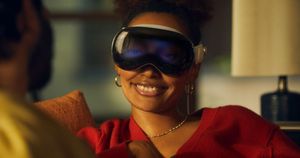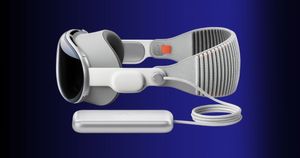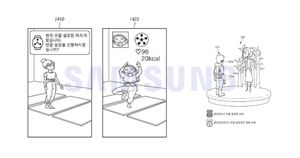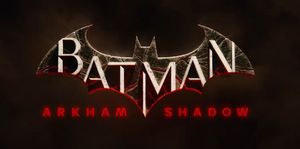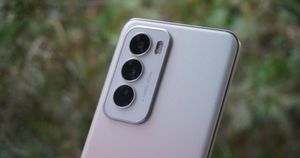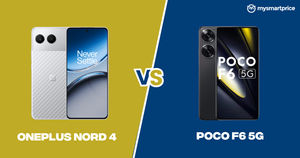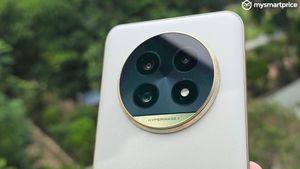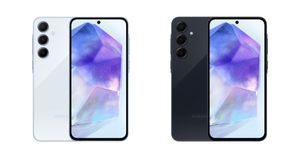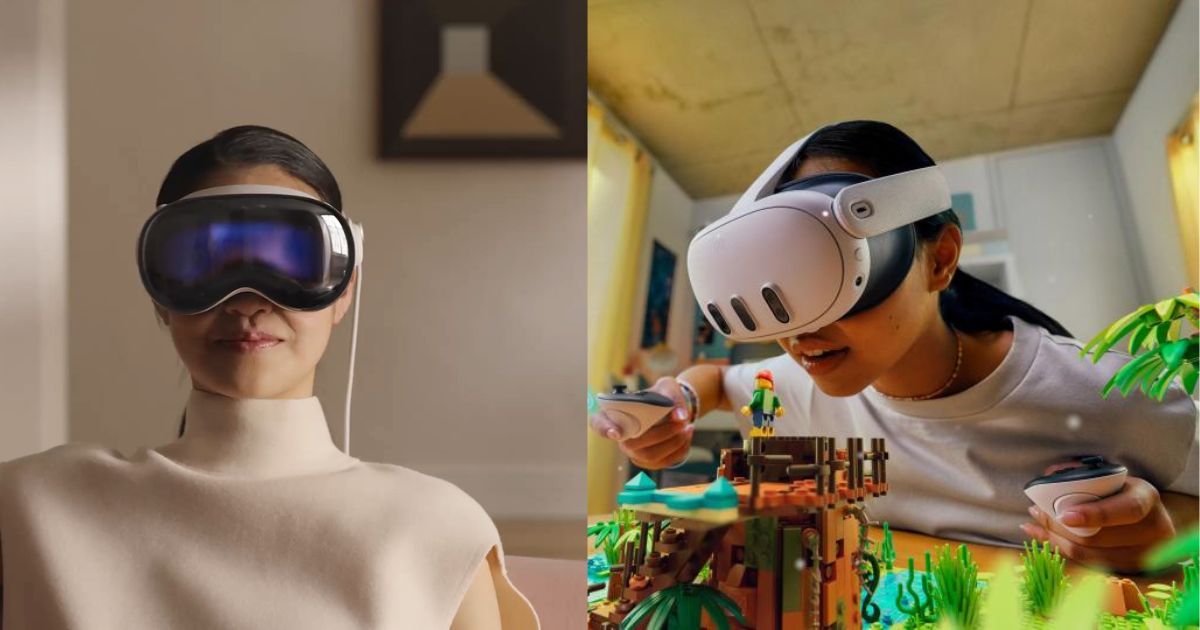
Apple‘s first spatial computing device is finally on store shelves, at least in the USA. It costs a whopping $3,500 (roughly Rs 3,00,000) and combines augmented reality (AR) and virtual reality (VR) into one device. Although there’s no direct competition for the Apple Vision Pro at this price, people are comparing it with Meta’s Quest 3. The Meta headset launched in October last year. Even though the Vision Pro has some cool new features, it’s not as good in some ways as the Quest 3. In this story, we’ll talk about 5 areas where the Quest 3 has an edge over the Vision Pro. Let’s start.
Significantly More Affordable
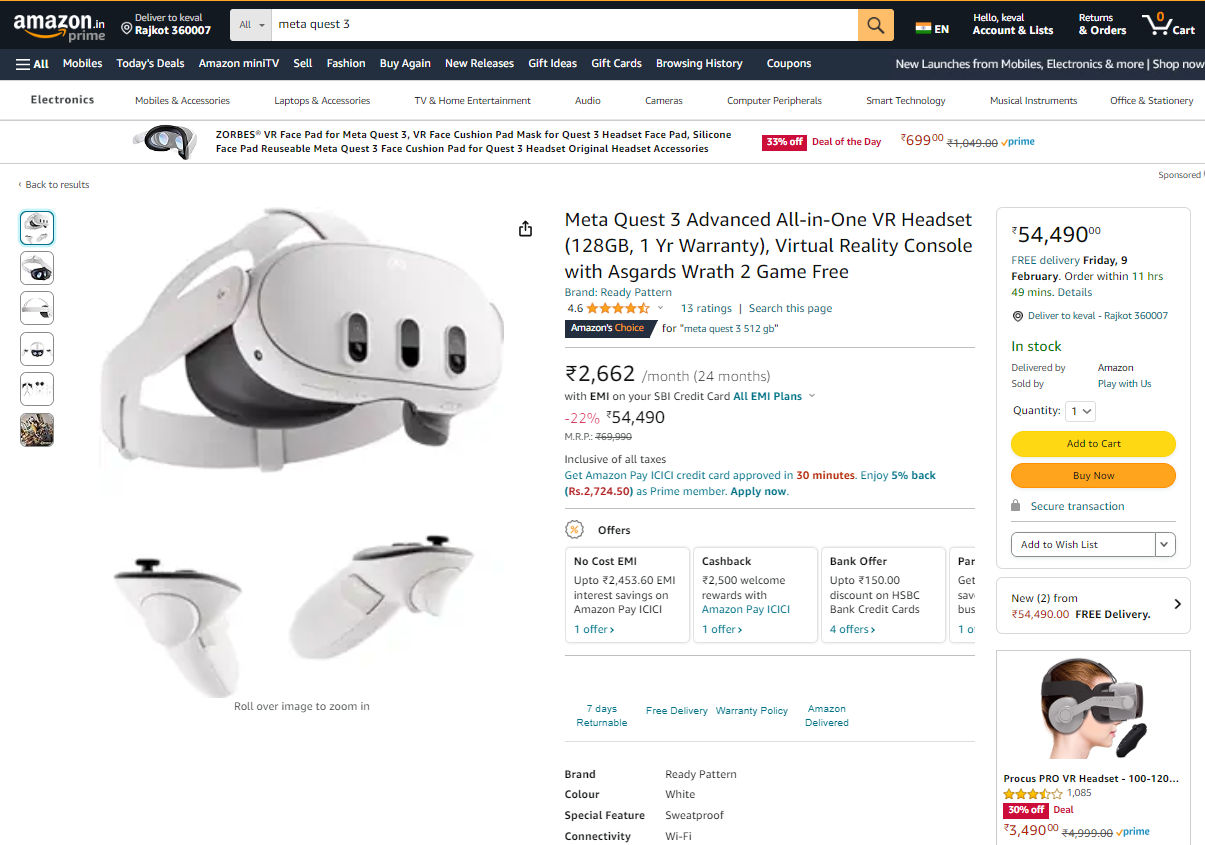
It’s quite evident but worth mentioning. The Vision Pro costs $3,499 (about Rs 3,00,000) for 256GB storage. If you want more space, the 512GB one costs $3,699 (roughly Rs 3,10,000), and the 1TB version is $3,899 (around Rs 3,25,000). Keep in mind that these prices don’t include any extras. The Zeiss lenses, for example, will cost you between $99 and $149 (approximately Rs 8,000 to Rs 12,000), and the carrying case is an extra at $199 (roughly Rs 17,000).
On the flip side, the Quest 3 starts at Rs 54,490 for 128GB storage, and the 512GB version is priced at Rs 79,990. The US price starts at $499.99 for the 128GB version. Also, you get a free Asgard’s Wrath 2 Game with the Quest 3.
No Separate Battery Required
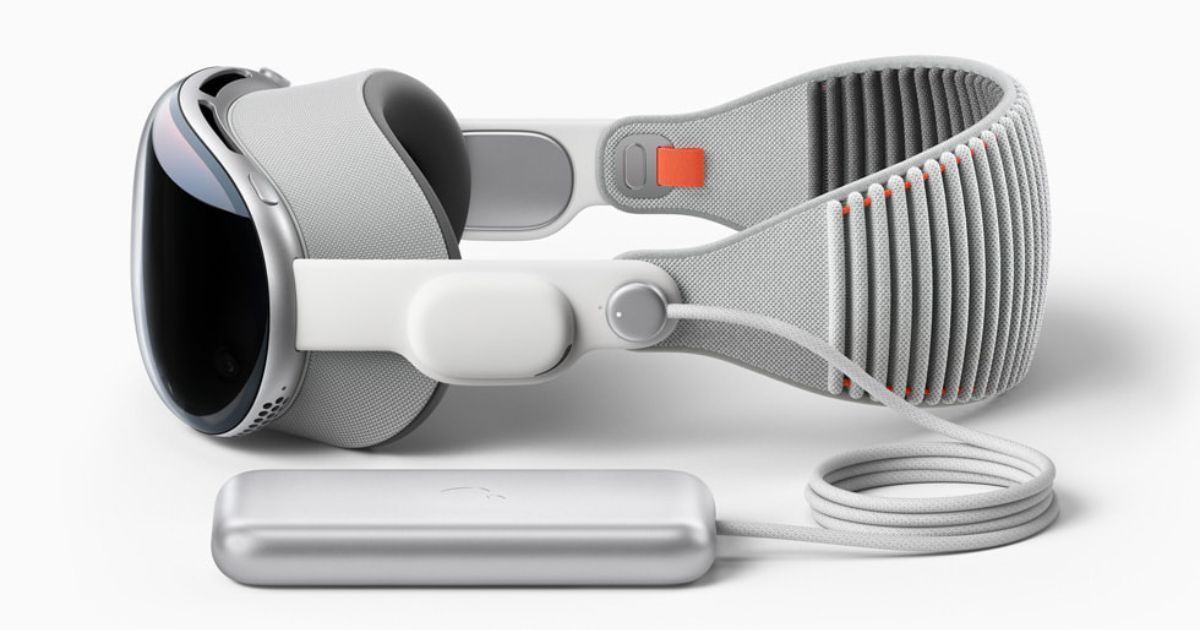
While the Vision Pro is more powerful with its dual M2 and R1 chips, it comes at the price of carrying an external battery always connected to the device. In comparison, the Quest 3 has its battery built into the headset. Regarding battery life, the Quest 3 is stated to last about 2 to 3 hours, depending on the task, while the Vision Pro is rated for 2 to 2.5 hours.
Use Your Hands or Controllers
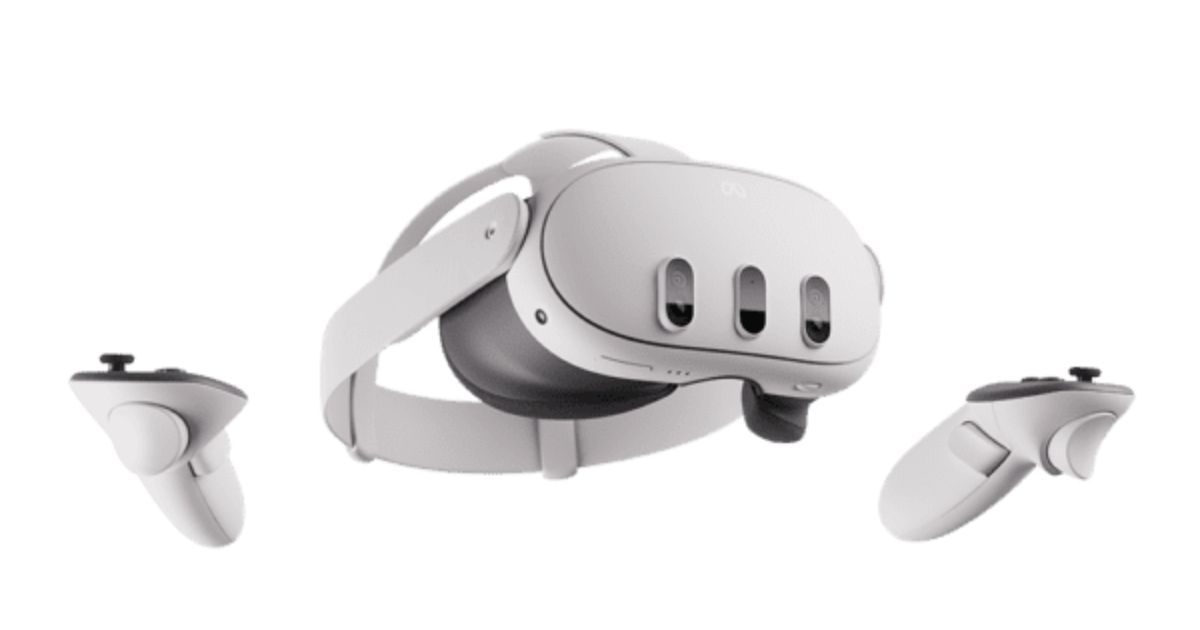
The controls on the Vision Pro seem intuitive and easy to use. But the Quest 3 offers controllers over hand gestures, which does seem more intuitive and easy to use, especially while playing games given more people are used to the idea. The Quest 3’s controllers have three buttons, two thumb sticks, and two triggers, which sounds handy. It’s also nice to see a virtual beam of light hitting what you want to choose, like opening an app or typing on a keyboard.
Delivers Larger Field of View (FOV)
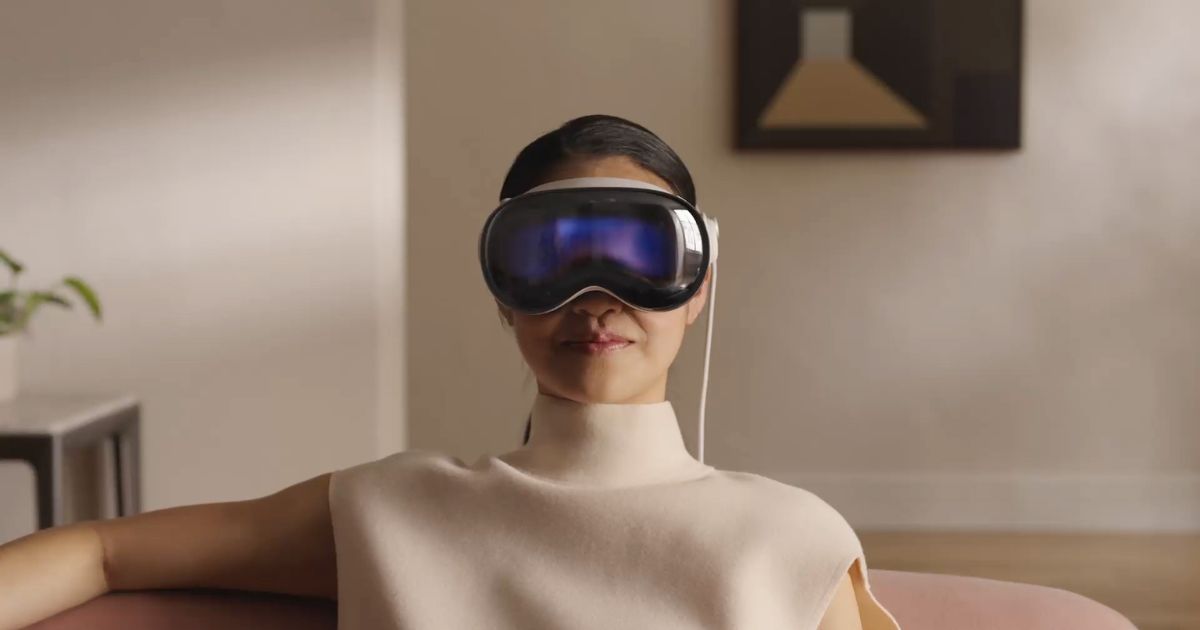
The Quest 3 provides a horizontal FOV of 110 degrees and a vertical FOV of 96 degrees, creating an expansive and immersive visual experience. In comparison, the FOV of the Apple VisionPro is slightly more compact. While official figures from the tech giant are not available, reviews suggest an estimated FOV of around 100 degrees, a bit narrower than that of the Quest 3.
Get to Play Steam Games
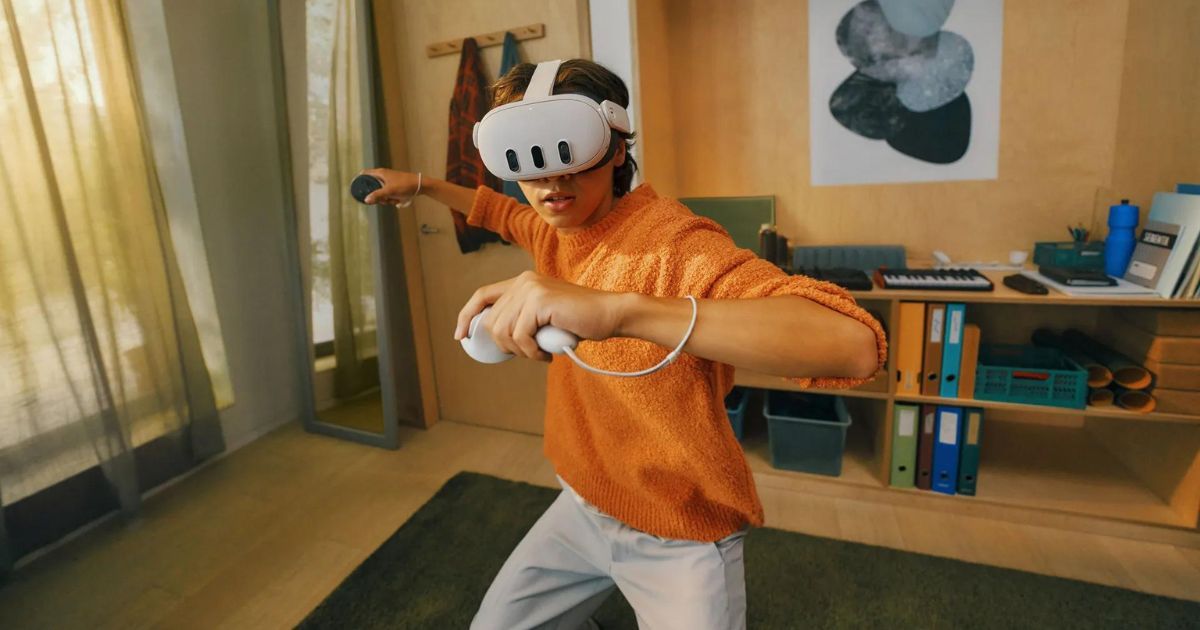
Apple has announced that Vision Pro users can access 250 Apple Arcade games, including titles like NBA 2K24 Arcade Edition and Sonic Dream Team. It also offers low-intensity games like Demeo, Super Fruit Ninja, and Just Hoops. But, it falls short compared to what the Quest 3 offers.
With Quest 3, you can explore the Quest Store for games, and if you have a long USB-C cable and a VR-ready gaming laptop, you can even delve into Steam’s extensive library of AR/VR games. It’s important to note that Apple isn’t marketing Vision Pro as a gaming headset; it’s positioned as a spatial computer for productivity, daily tasks, and visual entertainment.
